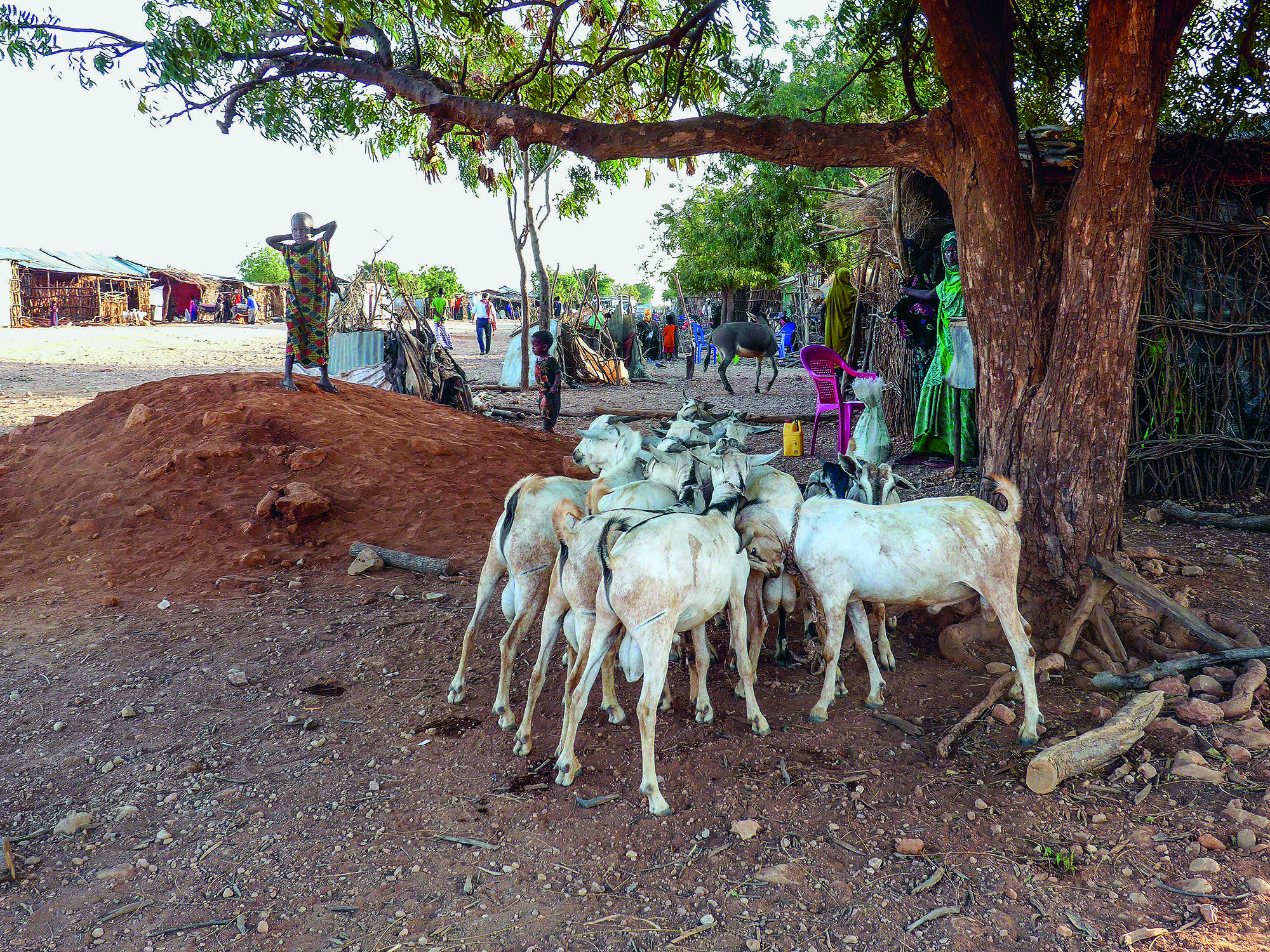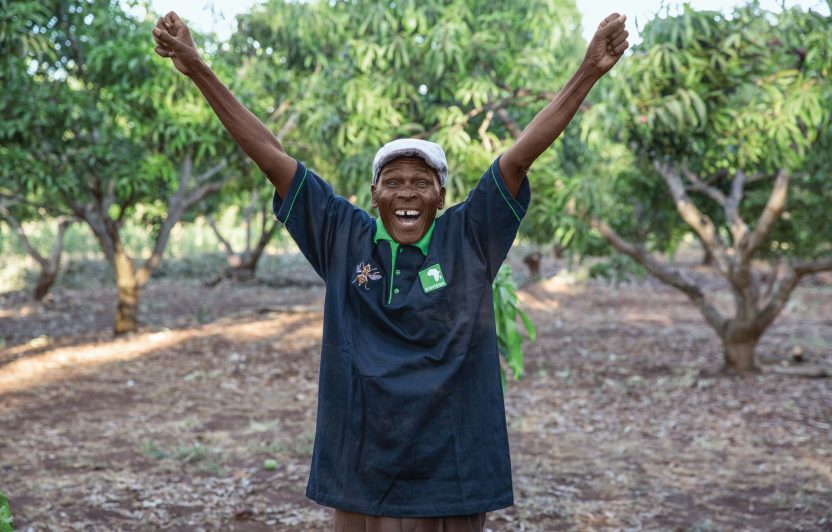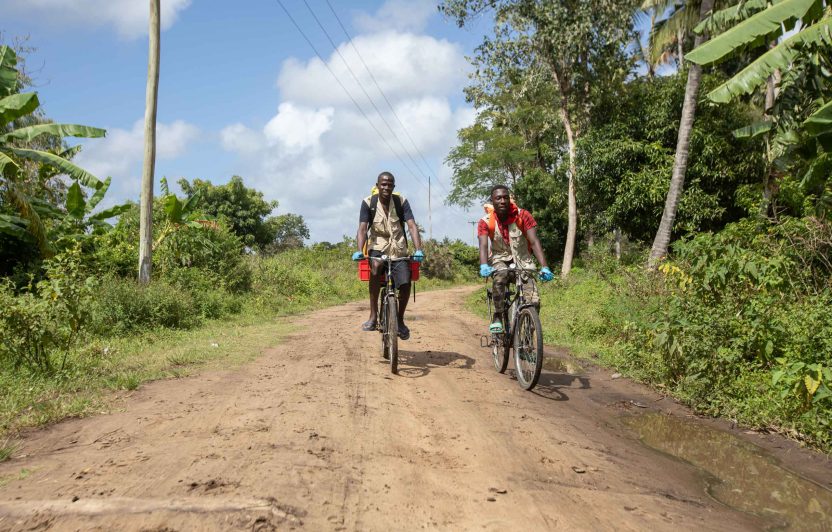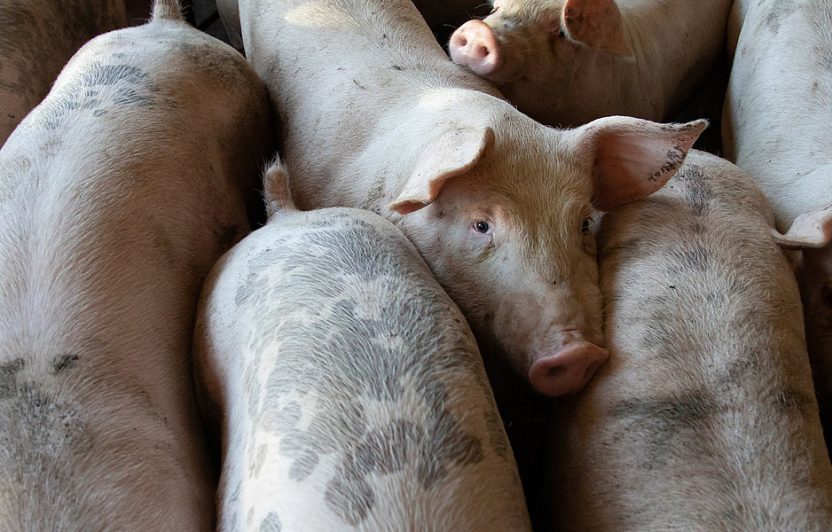Life in the wild east of Ethiopia is not at all easy. Pastoralists (shepherds) and their small herds of goats, cows and camels earn a meagre living. Climate change and drought increasingly lead to a loss of income – and here some of the most dangerous of any diseases (such as West Nile fever and Rift Valley fever) are transmitted from livestock to humans and vice versa. Ethiopia’s state-run healthcare system is already weak, but it is even less effective in this remote, thinly-populated area. The Somali region may be home to a large number of animals, but there are very few people and the area is extremely sparsely settled.
Collaboration between the health professionals responsible for humans and animals
Our project partners from the local Jigjiga University had the brilliant idea of bringing together doctors with vets in order that the synergies between them could be exploited. Together with the Swiss Tropical and Public Health Institute (Swiss TPH) and supported by Biovision, in 2019 this team set up a participatory monitoring system with a One-Health call centre in Adadle, the main city in this area, the veterinary and healthcare staff are sharing an office for the first time. They currently receive the required information via phone calls and SMS messages, but soon they will be able to do this via an app programmed specifically for this purpose. If they are in any doubt at all, they can quickly go out on a new motorbike and take samples in order to conduct more thorough investigations. Thanks to this process in 2019 an outbreak of measles was detected and a vaccination campaign instigated at an early stage. Telephone consultations also form part of this system, which means that the local population can avoid the difficult and expensive journey to the nearest health centre if their problem is only minor.
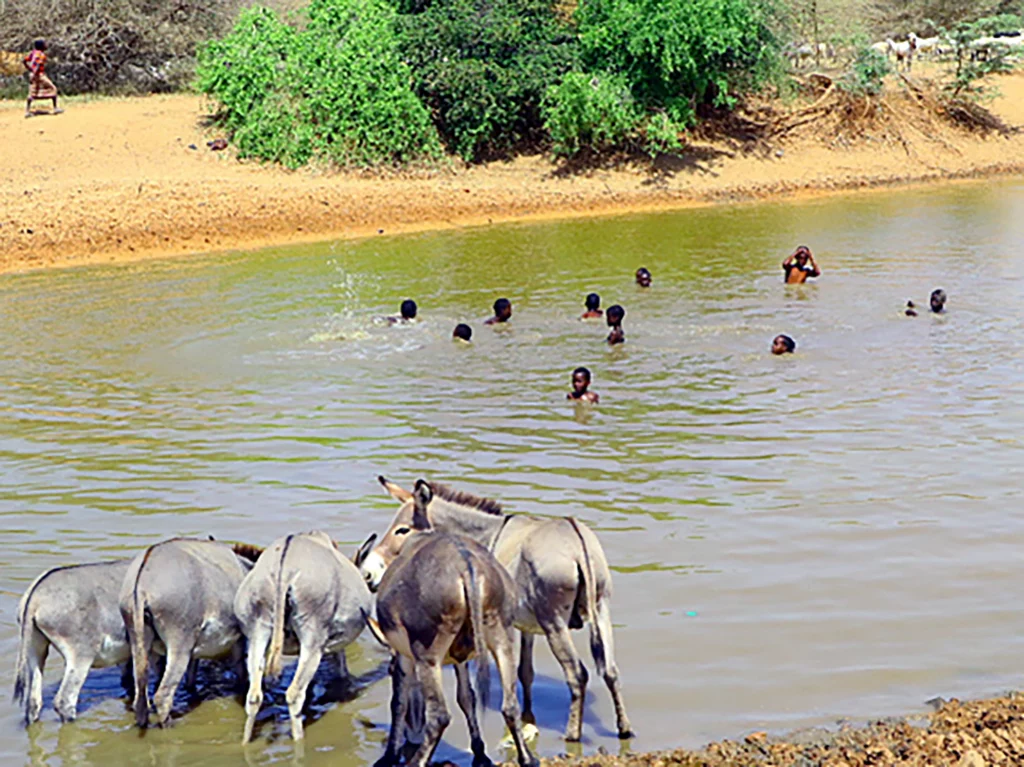
The value of the “One Health” approach is recognised at village level too. Village doctors in all 15 communities of the Adadle district have received additional training and now regularly exchange information about the health of the people in their village with the relevant local authorities. They work together to tell people about the risk of acquiring infections from their animals. This close cooperation with the village communities has had another unexpected consequence; it has led to the idea of setting up a fund for emergencies, enabling pastoralists to pay for an ambulance if their lives are at risk – a form of insurance against accidents within the community.
By satellite to green pastures
The monitoring system is complemented by a new diagnosis laboratory at Jigjiga University. All major diseases can be diagnosed directly there, avoiding the need for samples to be sent on a time-consuming and expensive detour via the capital city, Addis Ababa. This is important because the battle against epidemics is a race against time: the faster the response, the better the chances of rapid containment. A further module is to be added to the monitoring system in 2020, when pastoralists are due to be provided with detailed maps showing fertile pastures on a weekly basis. These will be prepared on the basis of satellite information and notifications from local grassland scouts, fed into the call centre.
The effectiveness of the One Health system will be continuously monitored from the outset by scientists from the Somali region who have been trained at the Swiss TPH. Will this bring the much hopedfor synergies in the form of better care and lower costs? If the results are positive, the project officers will work alongside the local authorities to roll out the One Health system across the whole region.
Biovisions Entwicklungsprojekte
In 2019, the Development Projects division managed 22 projects with an ecological approach and a focus on the health of humans, animals, plants and the environment; these projects were spread across nine countries in sub-Saharan Africa, with an emphasis on East Africa. Three projects seeking to pass on established ecological practices were successfully completed last year; the Push-Pull method of growing maize and sorghum which controls pests and improves yield has now been introduced successfully in Rwanda, Burundi, Zimbabwe, Zambia and Malawi. The longterm integrated mosquito control programme to combat malaria has now also been completed. And finally, 2019 saw the end of a four-year EU project that had adopted three different approaches developed by Biovision: prevention of fruit fly damage to mangoes, tsetse fly controls and Push-Pull. We started three new projects in East Africa in 2019: “Innovative prevention of diseases that affect humans and livestock” in Kenya, “One Health” in Ethiopia and “Healthy tomatoes” in Kenya.
